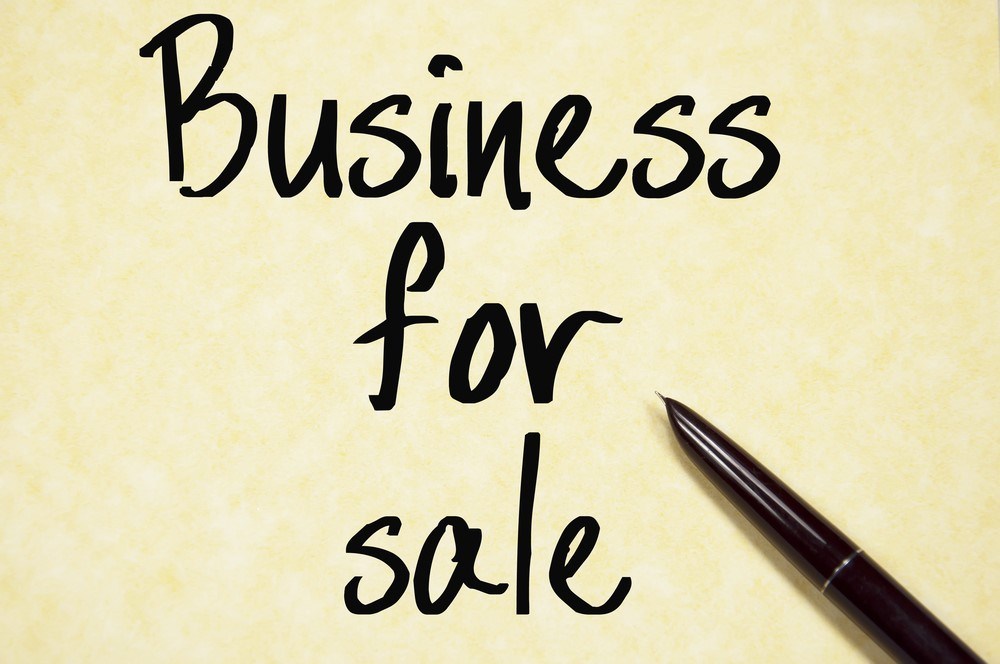Running a business without an exit strategy is like running a race with no finish line.

Wait a minute, you say. Why do I need an exit strategy for my business? Sales are steady, costs are controlled, profits are up, and my team is happy. I don’t need an exit strategy. Do I?
You may not need to sell your business this year, or even in the next five years. But you do need to plan for the possibility and honestly, the likelihood that you’ll sell your business.
Having an exit strategy is realistic:
- You’ll want to retire—someday. You can structure the sale of your business
to deliver an income stream. - You may want to start a new venture. The sale of your business can
provide start-up funds for your next company. - Your life circumstances may change. No one likes to think about it, but you may become unable to run day-to-day operations, or a loved one may become ill and need your full-time support.
The reality is that most businesses have a lifespan. Several years ago, Time magazine wrote about a study of company longevity and discovered the average company’s life was…10 years. It didn’t matter if the company was selling high-tech, low-tech or oranges. On average, the survival rate was ten years. Now that’s an average, meaning some businesses will last longer than 10 and others, well, they may not make it that long.
“Running a business without an exit strategy is like running a race with no finish line. The exit strategy is the conclusion to a great adventure and completes the business plan.” — Don Todrin
Exit Strategy Options
Like any business strategy, your exit strategy isn’t a one-size-fits-all template. It should reflect your goals and business objectives. You have several options to exit a business including the following:
Close-up shop. We don’t know many entrepreneurs who will choose this
exit strategy because any assets must be sold to repay creditors. It doesn’t
involve any negotiations or loss of control, but you risk your reputation, and
customers and suppliers may not want to do business with you again.
Dissolve when profits dry up. For smaller companies with stable revenue,
this exit strategy is sometimes called a “lifestyle exit.” Expenses are kept
deliberately low and most profits are directed to the owner instead of
investing in the business. When gains diminish, the company dissolves.
Sell your business. Selling your business is the most successful exit
strategy. If handled correctly, the sale will net you a profit. It may deliver
an ongoing revenue stream. It ensures the business you created will live
on. You can sell your business through several avenues. You can:
- Sell to a competitor
- Sell (or bequeath) to a family member
- Sell to employees
- Sell to investors
Determining When to Implement Your Exit Strategy
Preparing your exit strategy starts with establishing the metrics that will trigger your exit. These financial milestones typically include revenue and profitability and should reflect your expectations, realistically adjusted to reflect in-market trends. If you choose to sell as your exit strategy, then profitability becomes the critical measure, since no one (even family) wants to take on an expansive or low-profit business.
- Let’s say your current revenues are $1,500,000 per year. You’ve been in business three years and have grown 2% each year for the past two years. Profits have averaged $250,000 annually but are growing at a healthy 5%.
- Based on this performance and assuming growth stays steady, you could set a 10-year exit hurdle of reaching $1,800,000 in revenue and $450,000 in annual profit.
Managing Your Exit Strategy
Selling your business (to anyone) requires a robust operational plan. You’ve built your business with entrepreneurial passion and spirit. That same energy, organized thinking, and implementation should be directed towards your exit strategy. Your plan should make sure that:
- Your books are in order. Keep an up-to-date balance sheet, profit and loss statement and accounts receivable/payable records. You need to demonstrate the financial health of your business to potential buyers.
- You reduce your debt and keep it low. Borrowing is occasionally needed to spur growth and maintain cash flow, but loans need to be well-managed to keep profits healthy.
- Your equipment is in good repair. Old or obsolete equipment is not exciting to potential buyers. If you can’t afford to purchase new equipment, consider leasing machinery, equipment and vehicles instead of buying. Giving potential buyers the option to renew leases or buy new material on their terms is an added-value.
- Your processes and systems are documented. Keep a record of how your business operates—how you produce or deliver products or services, how you sell, and how you support your customers. Every aspect of your business should be documented so a buyer knows how to run it.
- You have a succession plan for your team. Train, train and train your team on various aspects of your business so they can continue in their roles, generating sales and profits for the next owner.
- You have a diverse client base. Having a few customers makes your business a risky proposition for a new buyer. Make sure you have a broad, sustainable client base to deliver ongoing revenue.
 Making Your Exit Strategy Work for You
Making Your Exit Strategy Work for You
Owning a company carries responsibility, and so does selling it. To make your exit strategy satisfying for all parties, consider the following:
- working with an attorney and an accountant to establish the price
to seek from buyers. - building in a revenue stream for yourself as part of the sale.
- ensuring the incoming leadership, whether a family member, your
employees or your investors, have the skills, desire and money to run
the business.
Take the time to plan your exit strategy. Finish the race of running your business with the same spirit you used to launch it. You’ll be glad you did.


